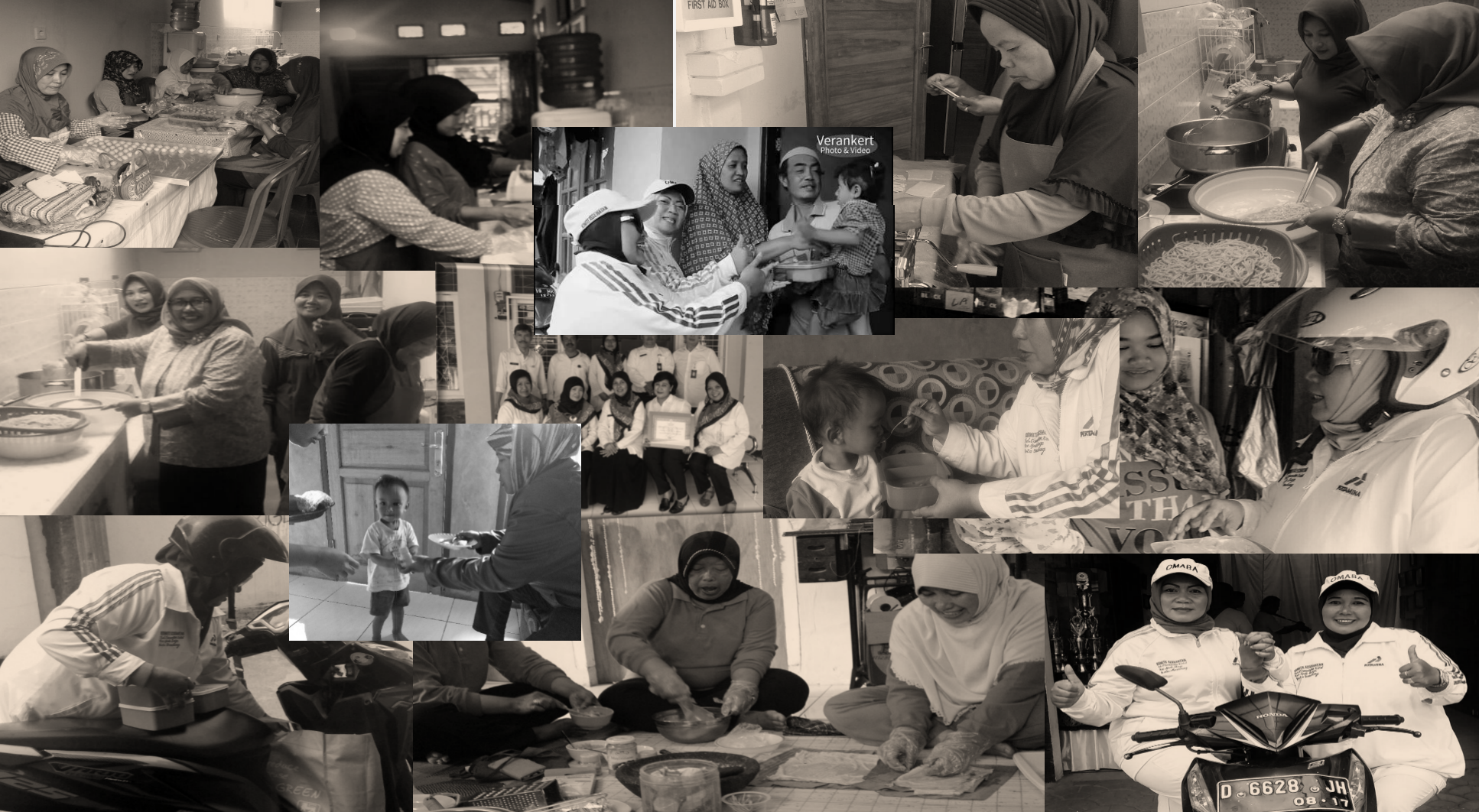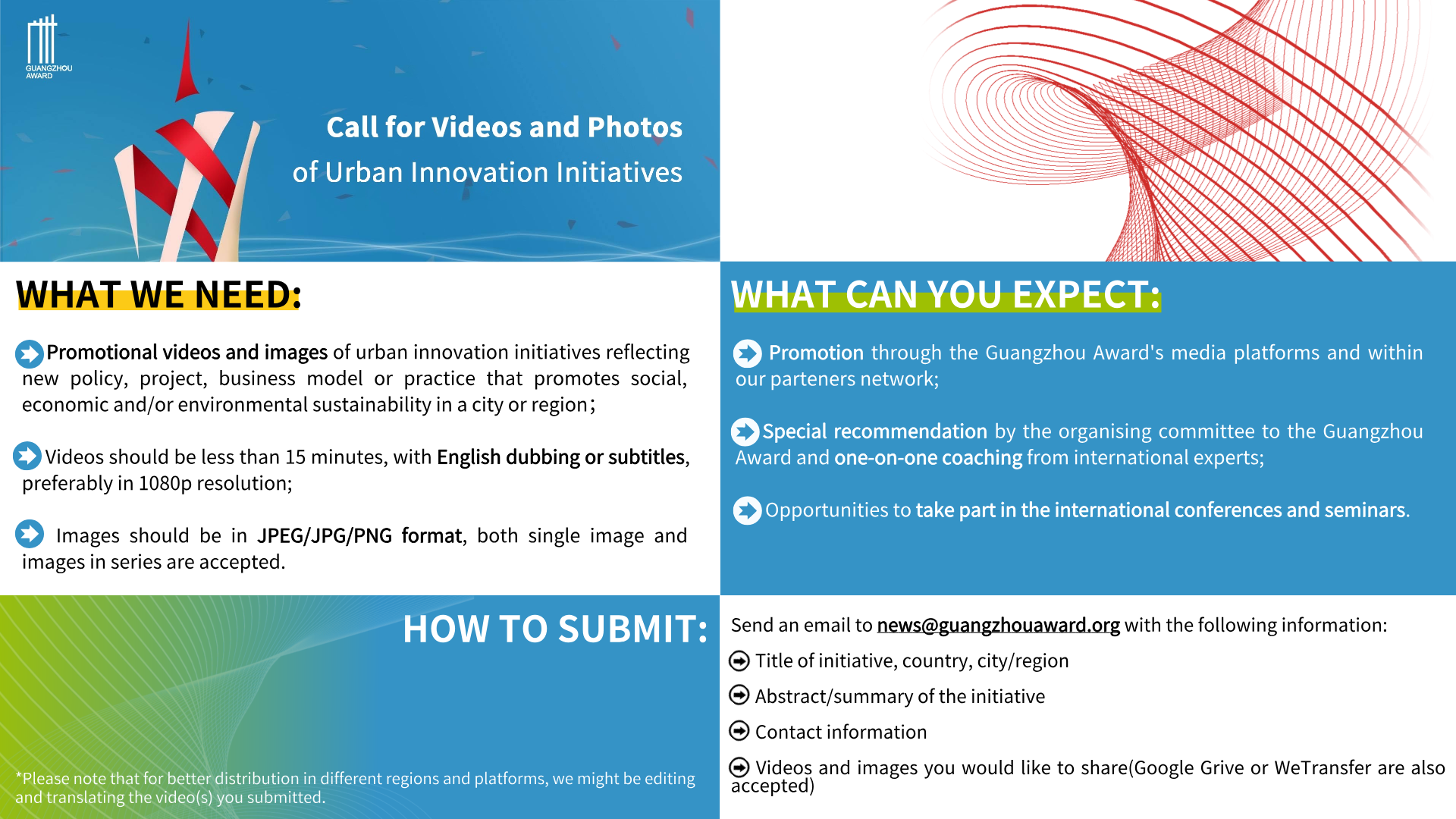Bandung City Government, Indonesia
The Roles of Public Health Service through OMABA Cooking Centre for Managing Malnourished and Stunting Children

Basic City Data
Population size: 1699719
Population Growth Rate (%): 0.76
Surface Area (sq.km): 1677
Population Density (people/sq.km): 14795
GDP Per Capita (U.S.$):
GINI Index: 0.43
Main Source of Prosperity (e.g. industry, trade, tourism, creative industry, etc.): Industry, creative industry, trade, tourism, agriculture, etc.
Bandung is the second largest city of Indonesia with a population of 1,699,719 people. The Riung Bandung Public Health Service proposed an initiative in an attempt to overcome the challenges of malnourished and stunting children and to reduce stunting rate and mortality. The initiative adopts strategies to ensure that the supplementary food is not only conveyed to the targeted children, but also totally eaten up without compulsion, such as to improve the taste in addition to nutrition of the processed food. The food is delivered to target children with motorcycle taxis by women organization. The initiative has directly improved a nutritional status of children under-five in the pilot district. Malnourished children status decreased from 29 cases in 2013 to 0 cases in 2019. The initiative also has facilitated its members, who are almost females, with food producing skill and entrepreneurship passion. The initiative is innovative because it goes beyond the conventional programs of supplementary food distribution, which have led to mismatch between supply and demand due to government limitations and agency loss in bureaucracy. By developing community-based cooking centre that empowered local communities in handling malnutrition, processing healthy food, as well as conveying the food to children, the initiative succeeded in reducing the prevalence rate of malnourished and stunting children.
The TC recommends this initiative to the Guangzhou Award because it presents an excellent example of local/subnational government stepping in to fill and redress central government failures with particular attention to children and their access to food/nutrition, based on community participation, involving women organization. This is the equivalent of town planners thinking about addressing the last mile - identifying that last, smallest, but often most important link between people and the services they need. The food chain is as good as its connection to those who need the food.
This initiative is highly relevant to Sustainable Development Goals 2 (End hunger, achieve food security and improved nutrition and promote sustainable agriculture), 3 (Ensure healthy lives and promote well-being for all at all ages), 5 (Achieve gender equality and empower all women and girls), and 11 (Make cities and human settlements inclusive, safe, resilient and sustainable).


 test
test Urban Innovation in China | Hainan: Transforming Mangroves into “Golden Groves”
Urban Innovation in China | Hainan: Transforming Mangroves into “Golden Groves” In Focus | Empowering the “She” in the Family
In Focus | Empowering the “She” in the Family In Focus | The World Earth Day: Planet vs. Plastics
In Focus | The World Earth Day: Planet vs. Plastics




















 Tel: +86 20 3780 4434
Tel: +86 20 3780 4434 Email: info@guangzhouaward.org
Email: info@guangzhouaward.org Address: Rm 1609, FuLiXinTianDi, No.307 Guangzhou Dadao Zhong, Yuexiu District, Guangzhou, Guangdong, 501600, PRC
Address: Rm 1609, FuLiXinTianDi, No.307 Guangzhou Dadao Zhong, Yuexiu District, Guangzhou, Guangdong, 501600, PRC




